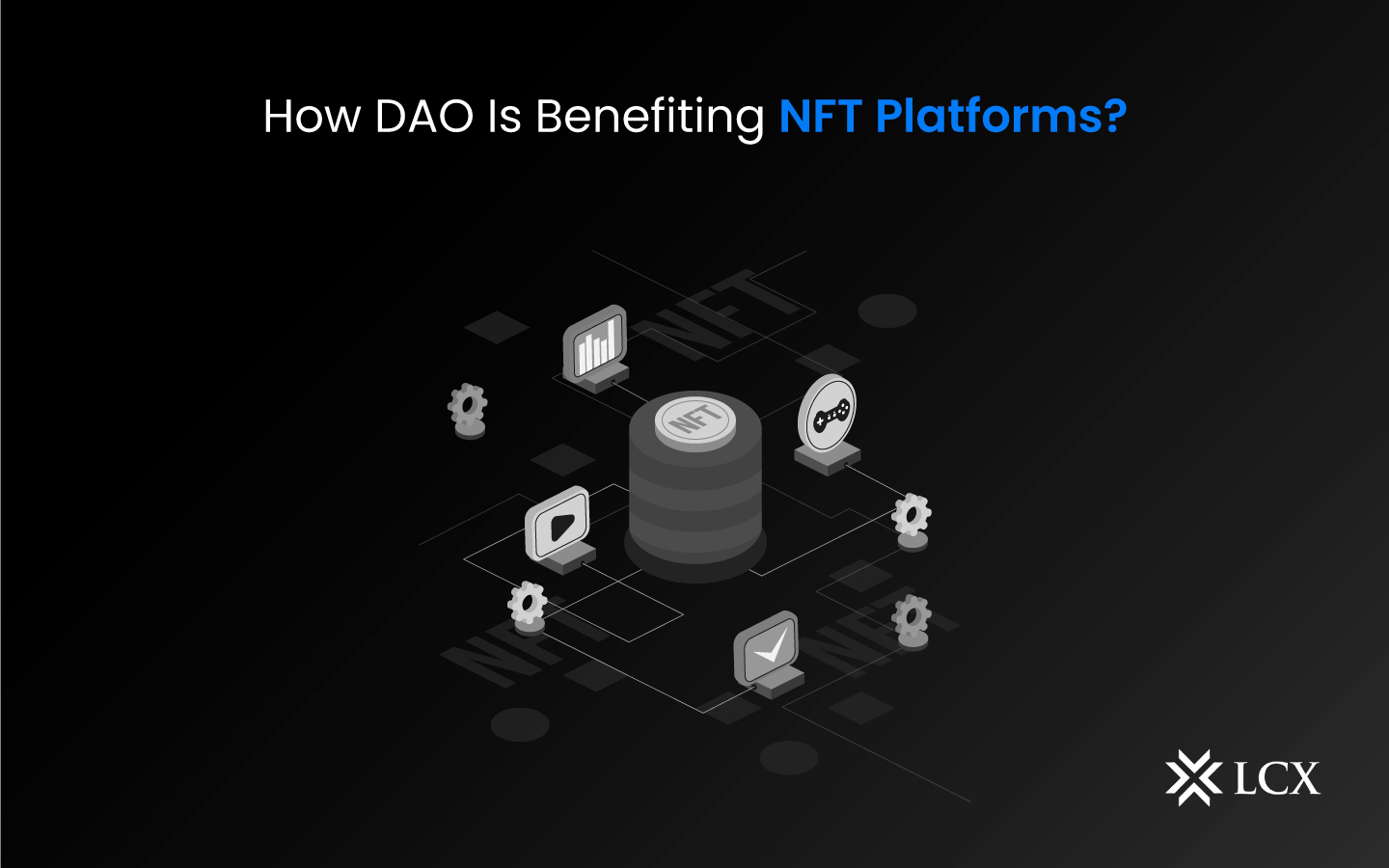On the money? Seven key banking and fintech trends for 2023

Estimated reading time: 10 minutes
The digitization of financial services continues to spark innovation in the space. So will 2023 be the year of ‘softPOS’? Or super apps? Or central bank crypto? Let’s look ahead…
In the last ten years, banking has changed more than in the previous 100. For millions of customers, the bank branch is now located in their pocket – on a smartphone app. They don’t have to go somewhere to “do” banking anymore.
The capabilities of banking apps have improved so much that there are very few reasons for customers to visit a bank “in person”.
Meanwhile, cash has been eclipsed. Contactless payment is flying. A report by Juniper Research predicts that contactless transactions will have a total value of around $10 trillion by 2027, up from $4.6 trillion in 2022.
And there is still room for innovation in this space. Most contactless cards lack security features, for example. But even this is changing. In 2021, the industry launched its first biometric contactless payment card. The product includes a fingerprint sensor on the card body, which makes payments safer and supports transactions of any amount. No upgrade is necessary at the POS, as the biometric check takes place locally on the EMV biometric card and not over the air.
Of course, app-based banking and contactless payments are just two symptoms of a wider revolution, driven by the digitization of financial services. The disruption that changed music, photography, newspapers and more is now transforming banking, payments, lending, savings and every other aspect of global finance.
Investors have responded by pouring money into the space. According to CB Insights’ State of Fintech 2022 report, global fintech funding reached $75.2 billion in 2022. Although down 46 percent from the record 2021, it was still up 52 percent from 2020.
So where can investors place their bets next? Which fintech areas are most exciting? Let’s look ahead to the trends to watch in 2023…
• #1 – Increasing demand for mobile wallets
It’s been less than a decade since Apple dematerialized a bank card and turned the phone into a contactless payment device. Google followed soon after. But it didn’t take long for consumers to embrace the concept.

Today it is normal to pay by phone. According to Marqeta’s 2022 State of Consumer Money Movement report, the number of US consumers using a mobile wallet increased from 64 percent at the end of 2020 to 71 percent in 2022. All indications are that this trend will continue to rise over the coming year.
• #2 – Turn your phone into a card reader: softPOS
Thanks to contactless payments, demand for the in-store mobile POS market has exploded. Even micro-retailers and street vendors can now take card payments with small mobile readers. As a result, there has been tremendous growth in the market to supply these specialized POS devices.
Now a new technology threatens to disrupt this market: softPOS. This allows merchants to use a phone instead of a dedicated reader to receive a card payment. It may seem like a minor update, but in fact it can be the trigger for more profound change. POS readers only do one thing. They are quite stupid. Phones can support all kinds of advanced features. As a result, smaller retailers may be able to integrate payments more deeply into their management systems and offer loyalty schemes, benefits and discounts.
SoftPOS products are already present on Android, and reports say that Apple may soon be ready to support them on iOS as well.
• #3 – Cross-border payments should go in real time?
Until quite recently, payments were slow. It can take many days to process a check, but this was accepted as fact. Then came the internet and people’s expectations changed. They started thinking: if I can send a text instantly, why not a payment?
Well, obviously moving money is a little different. It requires several checks and balances to ensure that the payment is legitimate and accurate. This can slow things down. Nevertheless, great progress has been made. Today, dozens of countries now support near-instant electronic payments.
However, this change takes place almost exclusively in the domestic payment area. Cross-border payments remain stuck in the old days; transfers can still take more than a week thanks to multiple time zones, local compliance checks and incompatible domestic banking infrastructure.
Finally, however, there are signs of change. New market players – from PayPal to Wise to Ripple – now offer real-time options in specific market niches. These disruptors put pressure on central banks to deal with cross-border delays. The results are mostly seen at regional level in the form of projects such as P27 (pan-Nordic) and Buna (Middle East). Experts believe the momentum will build in 2023.
• #4 – Time for super apps (outside Asia)?
Since 2007, consumers have downloaded billions of apps. The app has been an exceptionally popular invention. But mostly an app does one thing well: dating, navigation, photo editing, etc. This is not the case in Asia. Here there are super apps that have so many functions that they function a bit like the internet itself. There is little need for consumers to use anything else. Users of Grab in Southeast Asia and WeChat in China, for example, can stay in the app for shopping, dating, banking, healthcare, gaming and more.
So far, the progress of super apps has been slower in other regions. But perhaps financial services can be the starting point to build some momentum. In 2021, for example, PayPal announced plans to create a super app that will put payment, shopping, savings, investing, budgeting, crypto and identity in one place.
And then there is M-Pesa. This African mobile money product transformed the Kenyan economy by allowing millions of citizens to move money easily without using cash or opening a bank account. In 2021, M-Pesa launched its own super app with around 30 mini-apps for services such as ticketing, insurance and various public functions. A year later, it had 8 million downloads and 3 million active customers.
• #5 – Central bankers take an interest in crypto
2022 was a bad year for crypto thanks to high-profile company shutdowns and collapsing valuations. But millions still believe in the underlying promise of cryptocurrency. They just think it hasn’t yet found its best real-world application. They still believe it has the power to change the fundamentals of money and payment.
Perhaps the central bank’s digital currency could be a killer use. CBDC makes central bank money available in virtual form. These are essentially digital banknotes. In a world of volatile “private” cryptocurrencies, CBDCs promise to return control of digital money to the nation-state. They can also make it easier for governments to distribute money (via a smartphone wallet or even a smart plastic card) to citizens. Today, there are more than 70 CBDC pilots and task forces in place.
• #6 – A continued boom in embedded finance and BNPL
If you can use an API to embed a map or social media window into your application, why not use an API to provide a financial service? Well, you can. Today, any regulated entity can code open APIs and use them to connect non-financial companies to banking service platforms. In consumer-facing terms, this means, for example, that a user can access their own bank account without leaving a shopping app.
This is embedded finance, and it’s driving big changes in the retail world. Consumers love the convenience. Suppliers love the opportunity to create new value-added products within their own domains. It’s already happening. Take BNPL (Buy Now, Pay Later). These microloan solutions have taken over online payment baskets worldwide. According to WorldPay research, BNPL accounted for eight percent of Europe’s e-commerce sales in 2021. From 2019 to 2021, the total value of BNPL in the US grew by more than 1,000 percent, from $2 billion to $24.2 billion.
Although BNPL experienced a difficult 2022 (with valuations down), the market remains buoyant, not least because of the potential found in relatively untapped regions such as the Middle East and Africa.
• #7 – Bank as a favor
Banking as a Service has been hyped for some time. BaaS describes the provision of banking products and services from third-party distributors. These specialists deliver the banking license and backend cloud-based IT infrastructure and operations. The model enables non-financial companies (NFC) to launch products quickly. And provides existing banks with a secure, reliable and scalable platform that reduces costs,
improves efficiency and reduces cyber security threats.
After years of anticipation, this market is finally taking off. In 2022, for example, British challenger bank Starling launched a BaaS product called Engine.
As a fully digital bank, Starling had built the entire technology stack from the ground up. Although this took three years and required significant investment, it made Starling very strong in cloud and open banking – and therefore able to license its core platform.
Companies can use BaaS products to do everything from onboarding and identity verification to card issuance and administration. They can also quickly add mobile banking capabilities. Meanwhile, non-banking organizations can integrate all financial components (including compliance and regulatory requirements) into their business operations.























